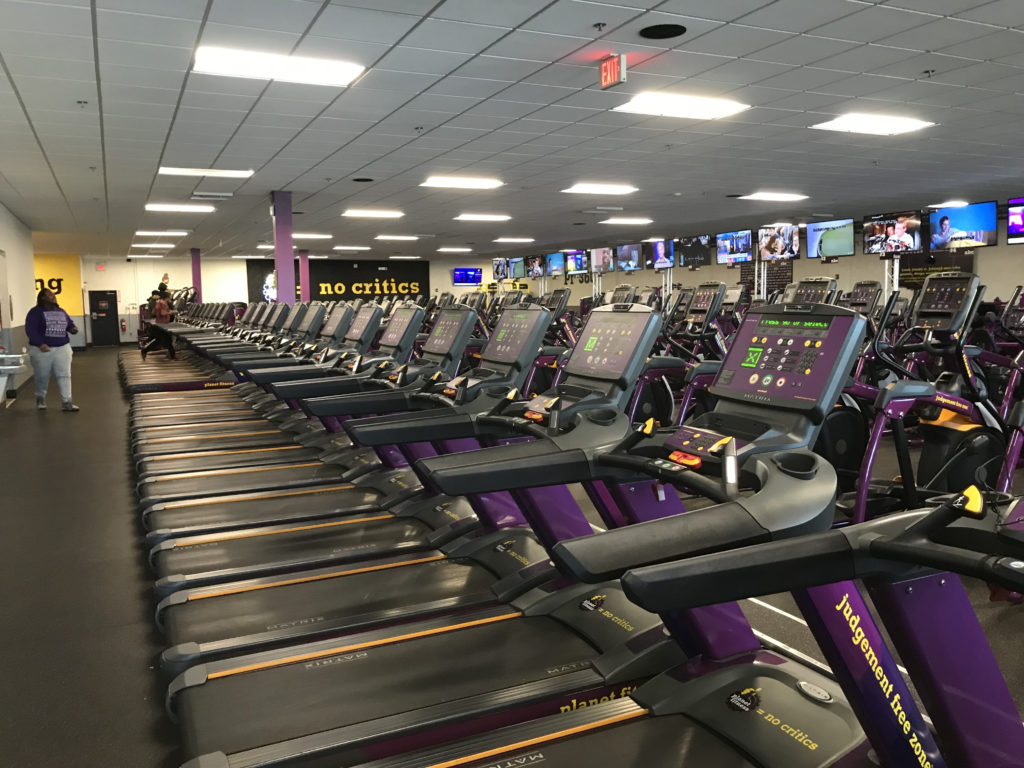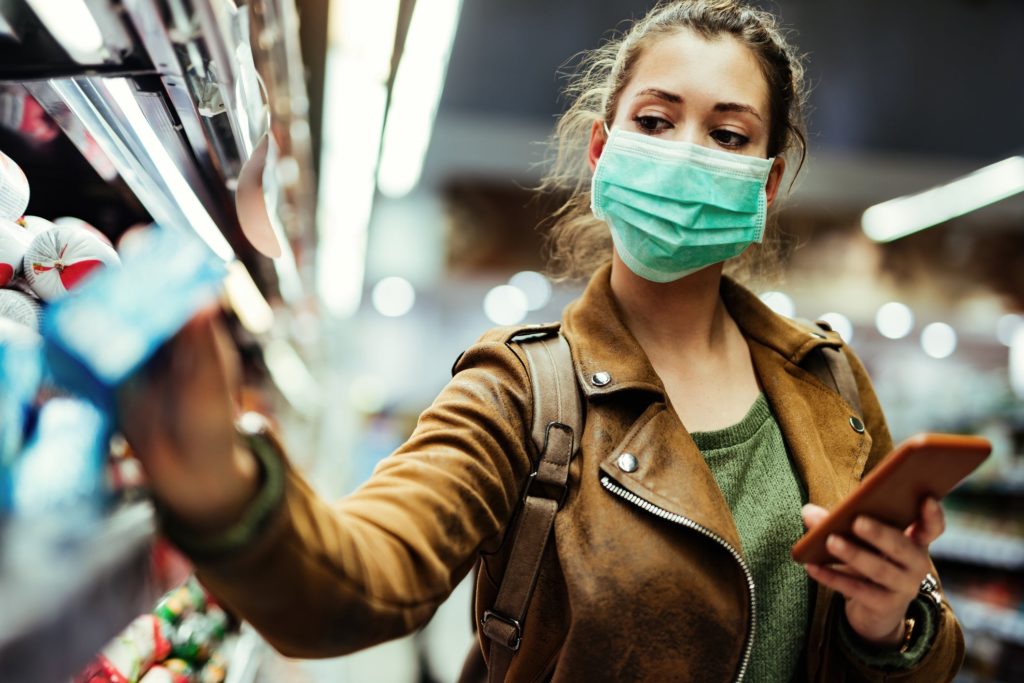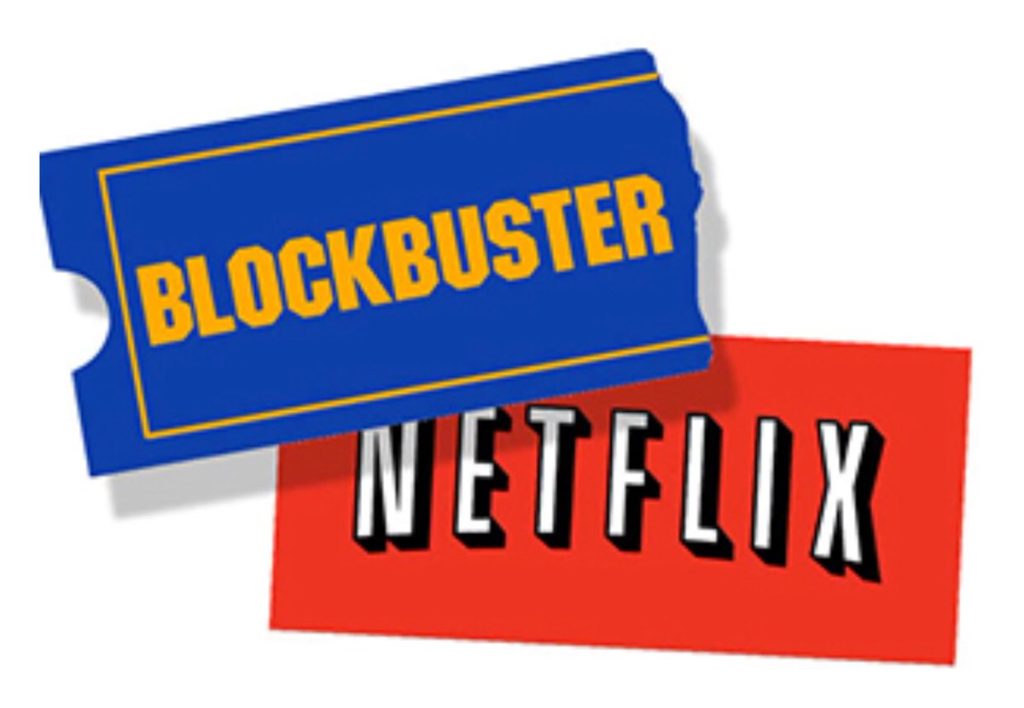A Look At Highly Impacted Industries.
Throughout the COVID-19 pandemic, almost every industry experienced unforeseen interruptions to business that drastically changed the way most owners had to think about how they provide their products and services. Today, we want to look at a few of the industries impacted the most and how they digitize their organization to stay ahead of the curve.
Fitness

With over 70 million gym members in North America alone, the fitness industry had to evolve rapidly in the face of COVID-19. With many gym members quickly turning to home-workout alternatives, the fitness industry demanded an online presence and strategy to keep its businesses active.
With space limited for home-workouts, you’ve probably found yourself in an awkward position with your neck cranked to the side so see the screen, as you try not to hit the couch with your leg while simultaneously using one arm to push away the dog or cat. You’re not alone. With millions of people out there in this situation, brands have been scrambling to generate content for these people.
Instagram has been making this easier than ever for brands, with Instagram Live seeing a 70% increase in the use of the live feature in the first month of quarantine. In turn, this has provided a great opportunity for trainers and fitness enthusiasts to connect with their clients.
The majority of users found Instagram Live workouts to be an overall positive experience, specifically because you can control who you work out with, if at all. The challenge here is, how can brands monetize this feature when there is so much free content already out there.

One company that has tackled the monetization of their Instagram Live workout is Goodlife fitness, who jumped quickly on the opportunity to stay connected with their audience during quarantine. As shown in the picture above, Goodlife figured out a way to bring their services to their member’s homes by offering virtual workout classes. To explain, Goodlife members can access hundreds of workout videos on their Goodlife member app, or, the brand has also started using Instagram profile to reach a larger audience. By using the LIVE and IGTV functions, Goodlife has been sharing weekly schedules every Sunday since the beginning of the COVID-19 pandemic.
Another example of a gym or fitness centre using social media to connect with their members during isolation is Planet Fitness who instead used Facebook’s Live Function to host their “Home Work-Ins”. Like Goodlife, Planet Fitness also started offering virtual workout classes that their followers can do from the safety of their homes.
Crunch Fitness also did something similar except they decided to make their app available and free to all members and non-members to encourage everyone to stay active while staying indoors. Another initiative local Crunch Fitnesses profiles were doing is called “Crunch Cares” and involved promoting and supporting local businesses by featuring them on their social media. This is both a great way to give back to the community and to reinforce their company values of being a family.
Restaurants

The hospitality and restaurant industry was also hit hard by COVID-19, forcing restaurant owners of all establishments to scramble to find a way to stay operational. Like gyms, the inability to congregate in groups severely impacted businesses who did not already have delivery or take-out measures in place.
During the beginning of shut-down measures, many restaurant owners chose to donate the food that would have otherwise sat unused before they closed their doors. Some even went as far as to prepare meals and deliver them to frontline workers during the outbreak.

As for those who didn’t shut their doors, many relied on delivery services. Throughout the first month of the initial outbreak, delivery giant JustEat waived delivery fees for orders placed to local restaurants to encourage consumers to support local businesses. In addition to this initiative, they lowered their commission rate to ensure more money went to those businesses.
According to reports, JustEat experienced a 50% increase in delivery orders placed during quarter one, due to the onslaught of the pandemic. On the other hand, their top competitor UberEats, who also waived delivery fees on orders, saw an increase in customer sign-up of over 30% and an approximate increase in sales by about 10%.
Overall, online food delivery services came out as one of the only winners during quarantine with little to no changes needed and a growing market. While that is not to say it has been all smooth sailing for these brands. In March, many of these food delivery services found themselves scrambling to rethink and revise their handling processes to limit person-to-person contact. Check out this video provided by food delivery giant JustEat giving advice to both their customers and employees on how to safely collect their food.
Retail
As non-essential shops began to close their doors, it became more apparent than ever that having a website and an online presence was crucial to long-term success. This statement holds true for just about any business. As we saw throughout the pandemic the majority of companies used their website and social media channels to communicate with their customers and provide updates.
E-commerce has been on the rise for the past several years. In fact, it is estimated that 95% of all purchases will be done online by the year 2040. Now more than ever retailers are relying on their E-commerce channels to continue to do business during the past few months. In Canada, unsurprisingly the sector that experienced the largest increase in online sales during the pandemic was DIY and household products, which saw a growth of 587% according to statista.
Another strategy we saw a lot of during the pandemic was the implementation of curbside pick up – where customers place and pay for their orders online, then drive to the chosen location and have their order delivered to their car contact-free. Some companies that introduced curbside pick-up include,
Home Depot
and PetSmart
On the other hand, retail giant Walmart was ahead of the game offering curbside pickup services for groceries in early 2019. So, the company upped their game and started offering express delivery, a delivery service that guarantees contactless delivery to your home in 2 hours or less, take a look,
With stores opening their doors, we can expect to see similar protocols in place that have been used in essential retailers such as grocery stores. For example, consumers can expect to experience limitations in the number of shoppers allowed in the store at one time, potentially resulting in a line or wait outside. Shoppers may be subject to screening questions upon entry and should do their very best to answer honestly.

In addition, there is a heightened awareness around cleanliness and the spread of germs. Instead of cleaning at night, many retailers may find doing a “visible clean” to be more effective in promoting peace of mind among both staff and customers. In most places, customers will be expected to wear a mask and will be expecting employees to do the same.

This is not the first nor the last time that we have seen traditional companies evolve into digital, non-contact based services. An incredible prominent example of this can be seen in the movie rental space with the fall of Blockbuster to Netflix. As the average consumer becomes more reliant on technology to accomplish day-to-day tasks, so too will companies who must digitalize and evolve to stay relevant. Events like COVID-19 can be the push many of these industries need to re-evaluate their product or service offering and how it can be better delivered to the end consumer.
For more information on how COVID-19 is affecting the marketing and advertising agency, check out our blog here.